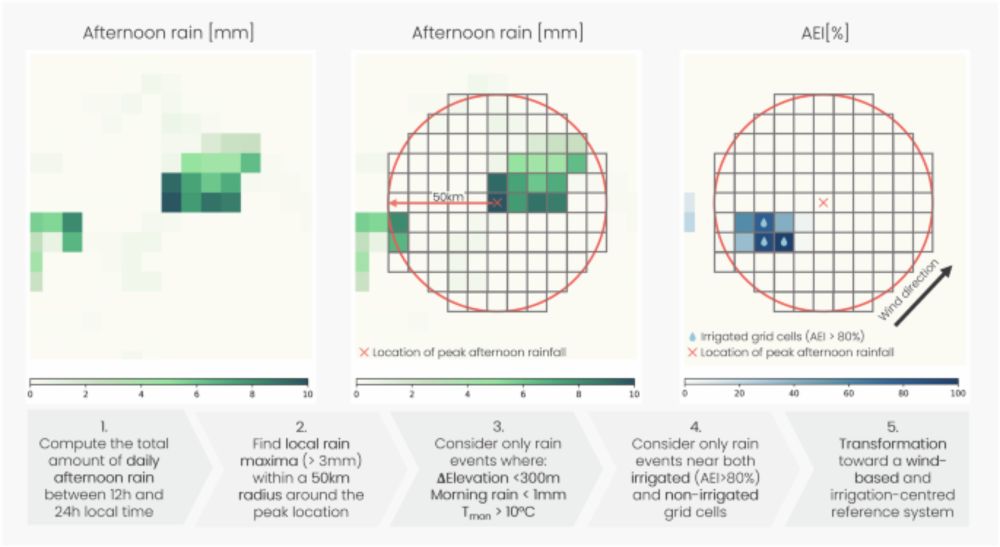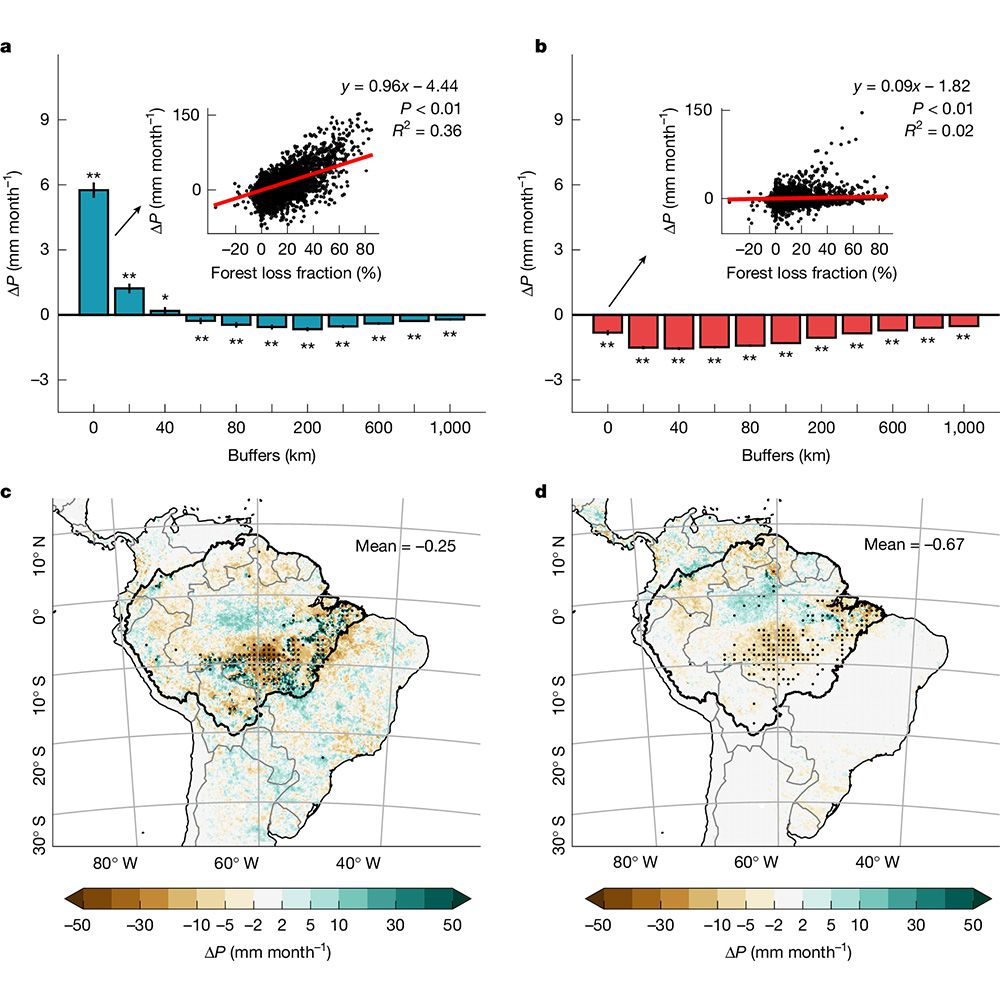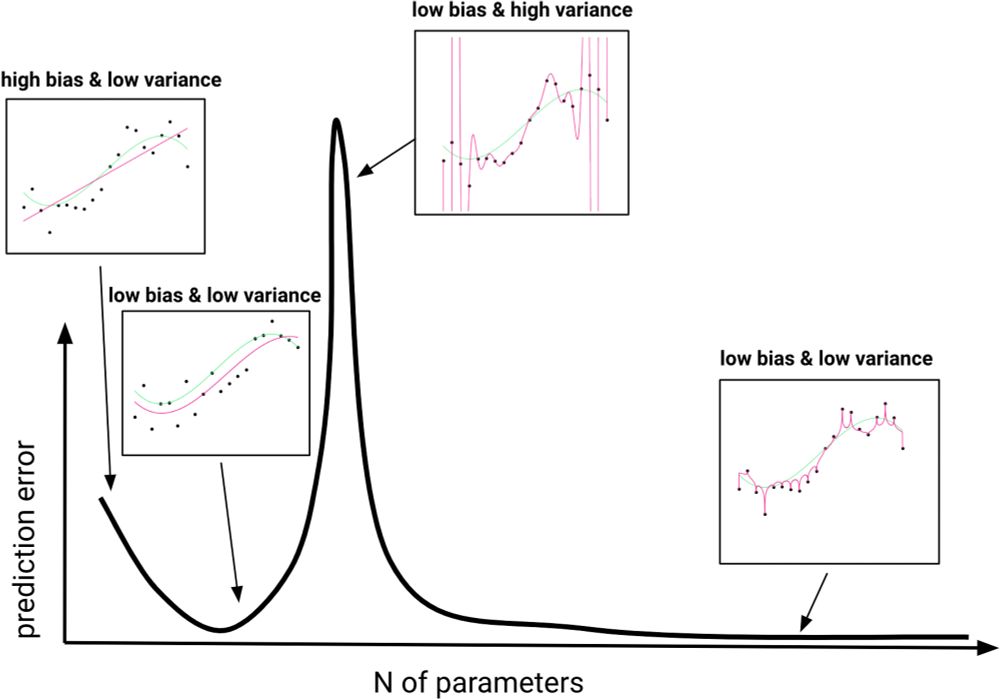Hearty Congratulations
23.04.2025 07:43 — 👍 0 🔁 0 💬 0 📌 0Pankaj Dey, Ph.D.
@pankajhy.bsky.social
Assistant Professor, Mehta Family School of Sustainability, IIT Indore
@pankajhy.bsky.social
Assistant Professor, Mehta Family School of Sustainability, IIT Indore
Hearty Congratulations
23.04.2025 07:43 — 👍 0 🔁 0 💬 0 📌 0
New study uses global observations and shows that large-scale #irrigation changes local #rainfall, leading to more afternoon rain events 10 to 50 km downwind of irrigated areas. This can help constrain #climate models and support #WaterManagement. @gerics.bsky.social www.nature.com/articles/s41...
11.04.2025 08:55 — 👍 11 🔁 4 💬 0 📌 0
The amount of water stored in more than half of the largest lakes and reservoirs worldwide is declining, a 2023 Science study found.
The results underscore the importance of better water management to protect essential ecosystem services. scim.ag/41GM96M #WorldWaterDay
It was great interacting with you and the team.
17.03.2025 11:20 — 👍 2 🔁 0 💬 1 📌 0
Distribution of canopy height derived from data from Global Ecosystem Dynamics Investigation (GEDI), a space-borne Light Detection and Ranging (LiDAR) instrument.
What determines the height of a forest? A study finds that soil properties, topography, and regional climate explain 75% of the variation in tropical forest canopy height. Dry season length and elevation were among the key variables. In PNAS: www.pnas.org/doi/10.1073/...
13.03.2025 16:46 — 👍 16 🔁 7 💬 1 📌 0
This is figure 1, which shows simulated contrasting precipitation responses to deforestation at different scales (0–1,000 km) over the Amazon region.
Amazonian deforestation is making wet seasons wetter and dry seasons dryer, according to research in Nature. The analysis highlights the local and regional effects of removing trees from the tropical region. https://go.nature.com/41jCClO 🧪
06.03.2025 14:42 — 👍 63 🔁 23 💬 0 📌 2Excellent work. Congratulations!
22.02.2025 14:58 — 👍 1 🔁 0 💬 0 📌 0
Double descent of prediction error. Degree-one, degree-three, degree-twenty, and degree-one-thousand polynomial regression fits (magenta; from Left to Right) to data generated from a degree-three polynomial function (green). Low prediction error is achieved by both degree-three and degree-one-thousand models.
One of the most-viewed PNAS articles in the last week is “Is Ockham’s razor losing its edge? New perspectives on the principle of model parsimony.” Explore the article here: www.pnas.org/doi/10.1073/...
For more trending articles, visit ow.ly/Me2U50SkLRZ.